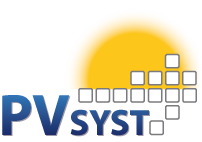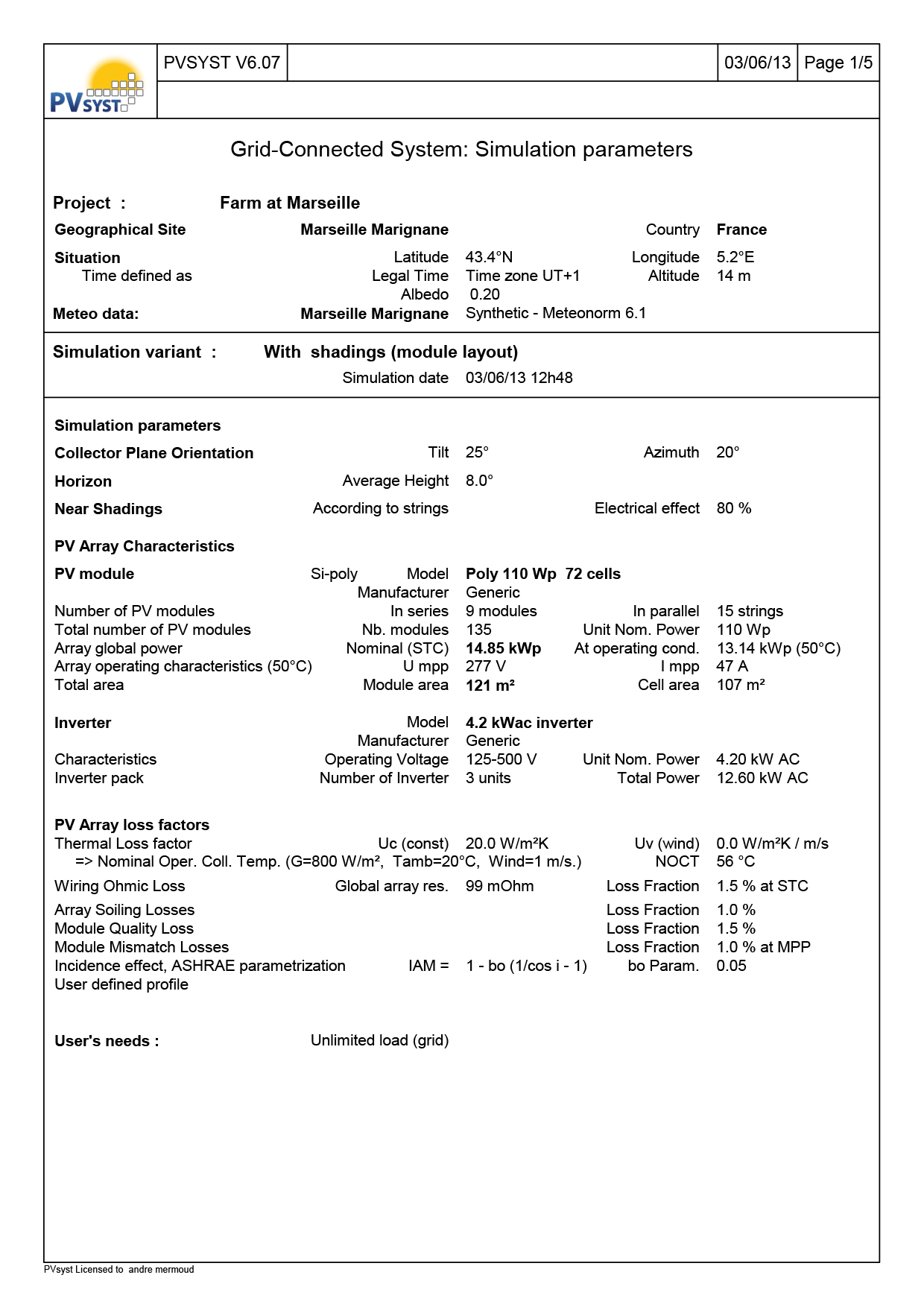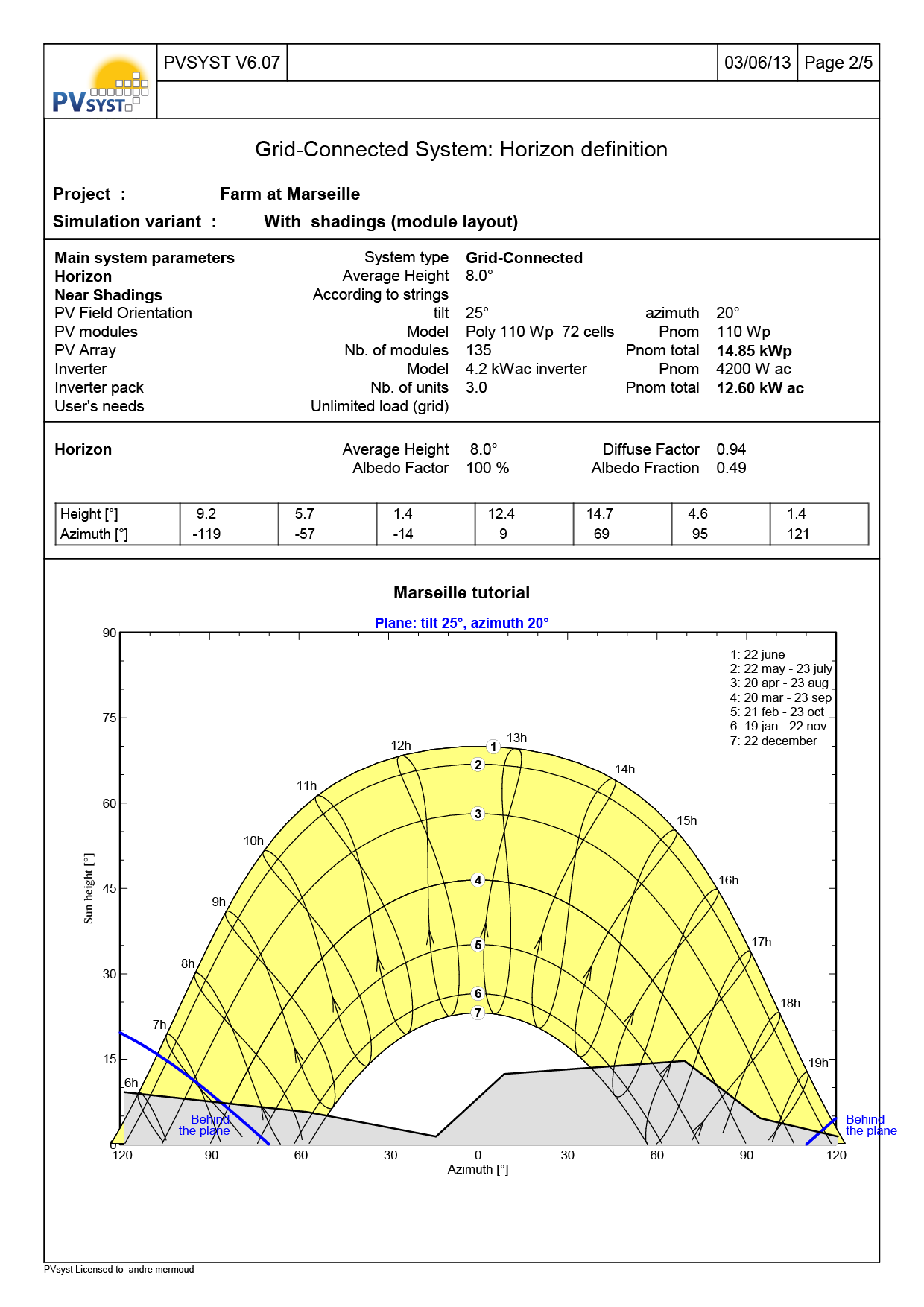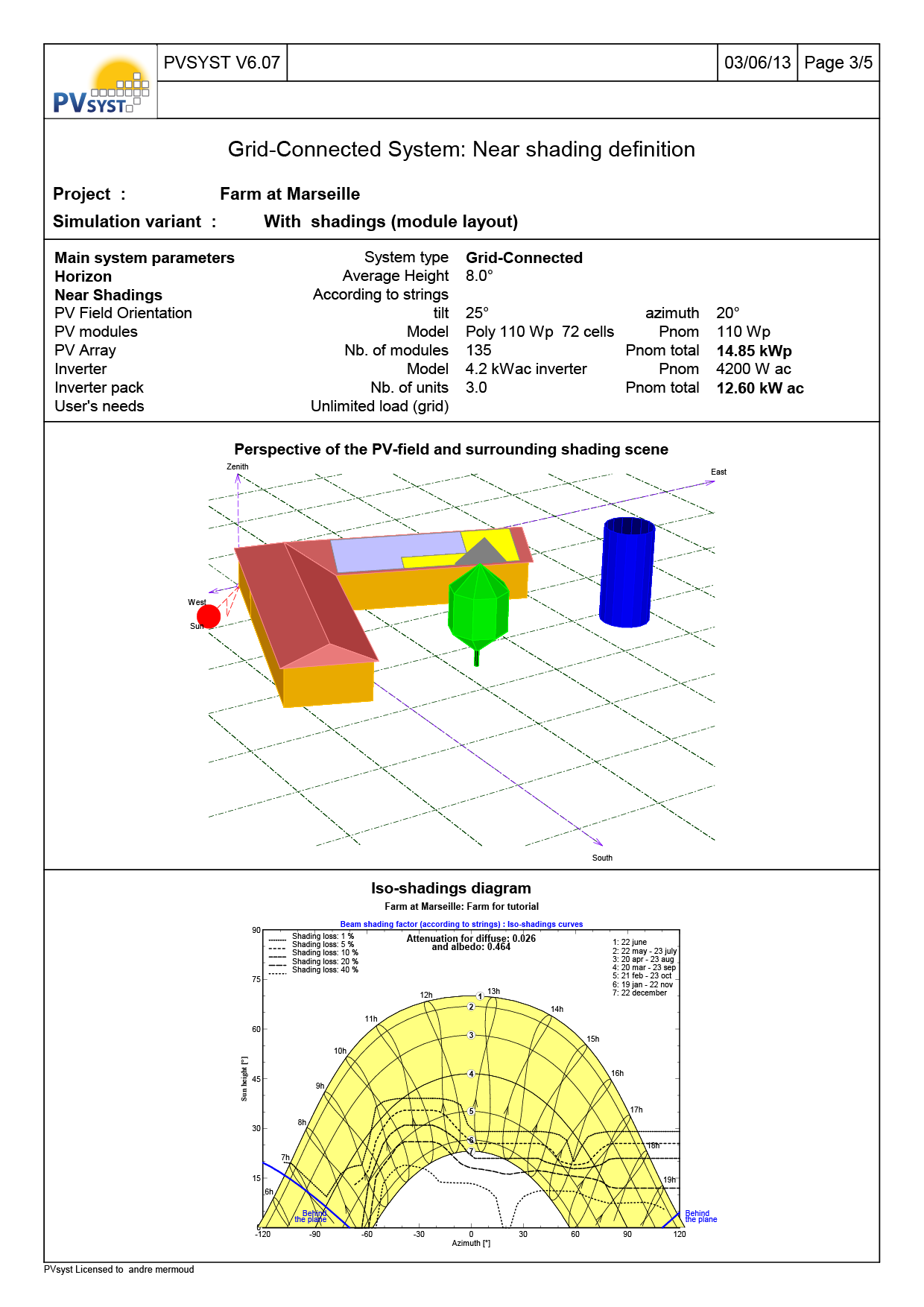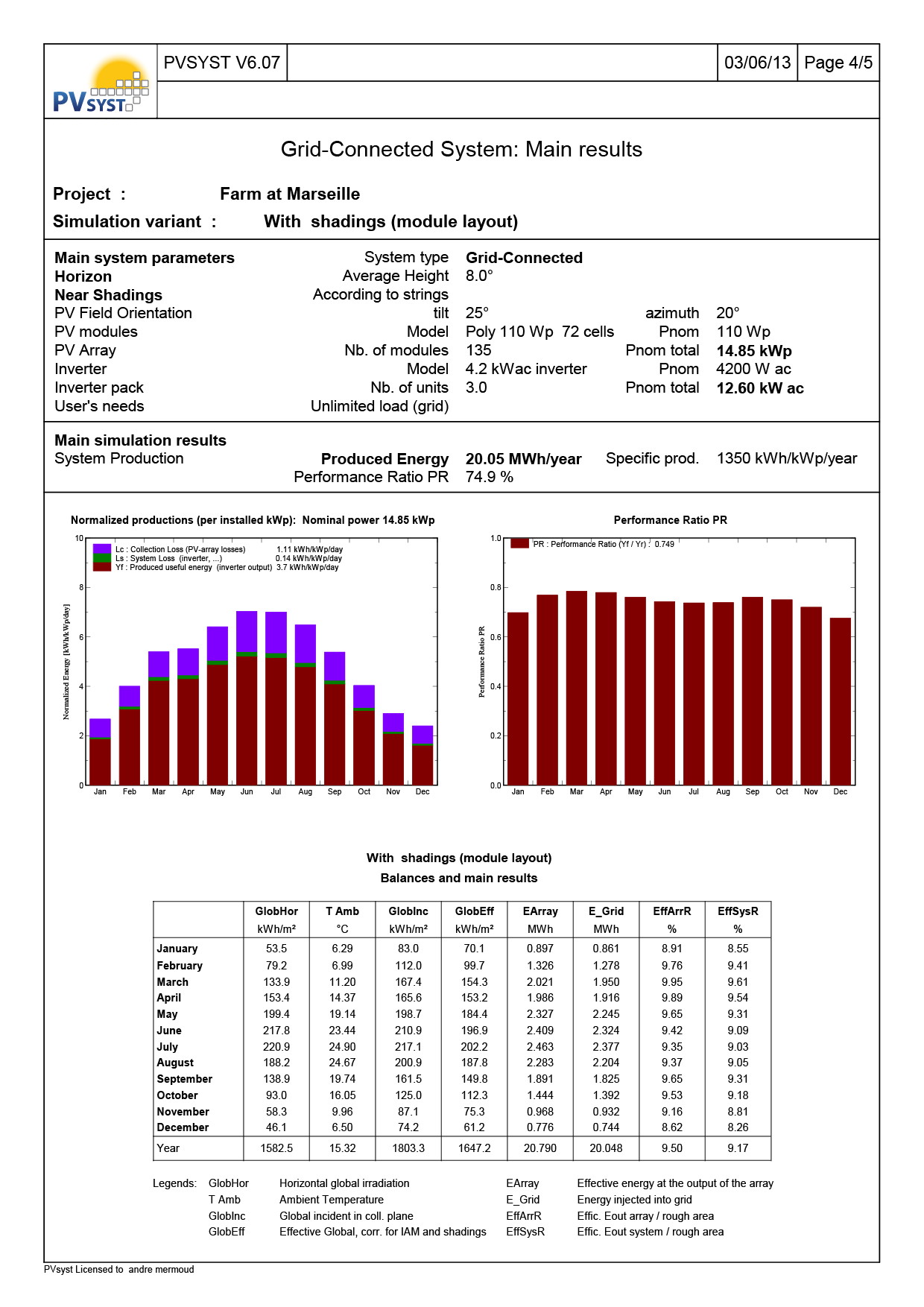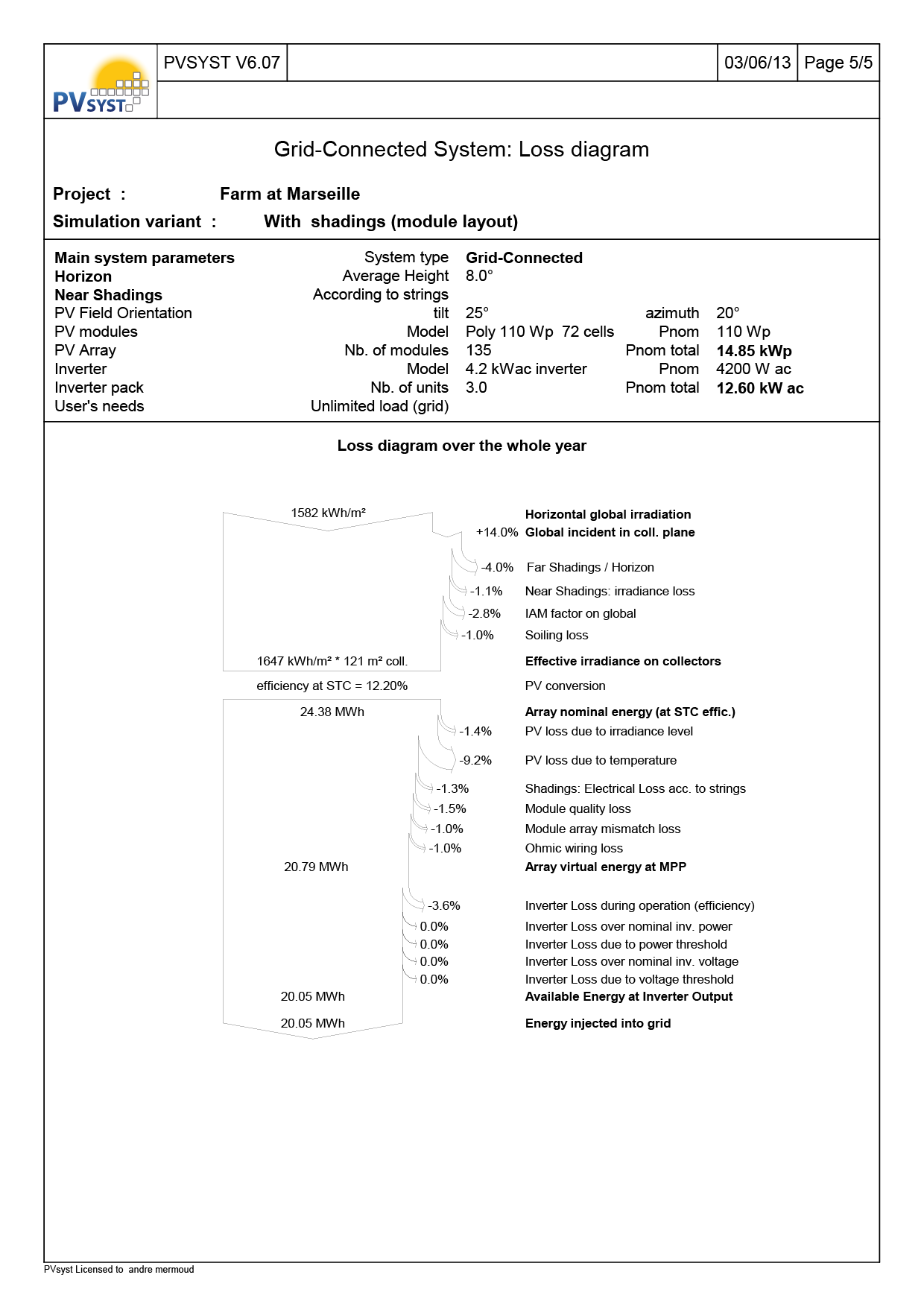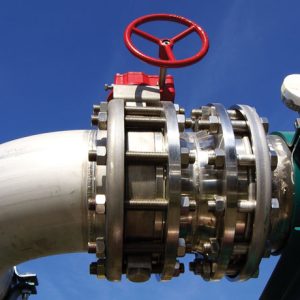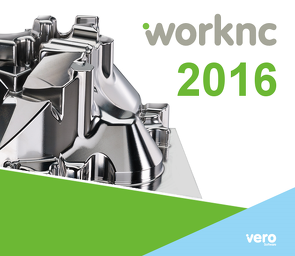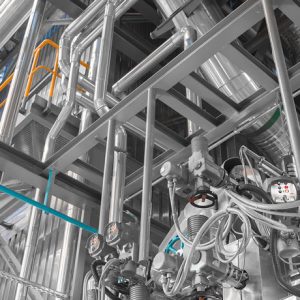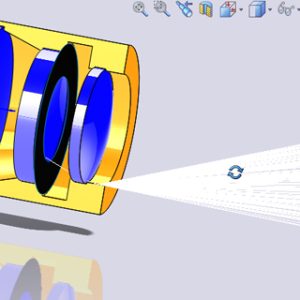Sale!
Grid-connected systems
PVsyst 6.52 PREMIUM cracked
Original price was: $ 1,312.00.$ 130.00Current price is: $ 130.00.
New Features in PVsyst6
- Meteonorm included
- Direct search for a location using Google Maps
- Full Meteonorm interpolation program for any location on earth
-
- Defines the position of all modules of the system in the 3D field
- Computes the electrical circuit at the input of each inverter
- Outputs: “Irradiance shading loss” and “electrical shading loss”Detailed electrical shading losses
-
- Direct shading calculation during the simulation (avoids interpolation uncertainties)
- Big plants: optimized calculation of the shading factor
- Plants following the terrain (Helios 3D): orientation analysis and managementImproved shading calculations
- New simulation process
- Improved project management: parameter access, copy, templates
- New organization of the losses
- New losses like LID, unavailability, and light-soaking gain for CIS
- PV modules and model management
- Sandia model implementation and comparison with PVsyst model
- Tools for parameter optimization (low-light, I/V curve)
- New parameters (tolerance, IAM profile, Vmax UL)
- Inverters
- New parameters (Transfo, CEC efficiency)
- Multi-MPPT with asymmetric inputs
- Improvement of choice by manufacturer
- Batch model for parametric studies
Description
General features
Grid-connected systems
Management of the project
For a given project (a defined site and meteo), you can construct several variations for your system (“calculation versions”).

System design board

The system design is based on a quick and simple procedure:
- Specify the desired power or available area
- Choose the PV module from the internal database
- Choose the inverter from the internal database
… and PVsyst will propose an array/system configuration, that allows you to conduct a preliminary simulation.
System sizing: Visual tool
A specific tool gathers all constraints for the sizing of the system:
- For the number of modules in a series: the upper diagram shows the I/V curve of the PV array, together with the MPPT range, voltage, power, and current limits of the inverter.

- For the inverter sizing: the second graph displays the annual distribution of the array power, with the array and inverter nominal power
- The optimal sizing of the inverter is based on the acceptable overload loss throughout the year. It usually leads to over-size the power ratio (array nominal power by respect to the inverter nom. AC power), by a factor of 1.25.
After a good system sizing, you can define different losses like far and near shadings using a full 3D editor for the definition of the environmental and near shading conditions.
Specialized tools are also provided for the evaluation of the wiring losses (and other losses like the module quality), the mismatch between modules, soiling, thermal behavior according to the mechanical mounting, system unavailability, etc.
Simulation and results report
The simulation calculates the distribution of energies throughout the year.
Main results:
1. The total energy production [MWh/y] is essential for the evaluation of the PV system’s profitability.
2. The Performance Ratio (PR [%]) describes the quality of the system itself.
3. The specific energy [kWh/kWp] is an indicator of production based on the available irradiation (location and orientation).

- Shows the main energies and gains/losses involved in the simulation,
- Powerful tool for a quick analysis of the system’s behavior, and potential improvements in the design.
Required computer configuration
| Operating System: |
|
| OS not supported: |
|
| Other requirements: |
|


